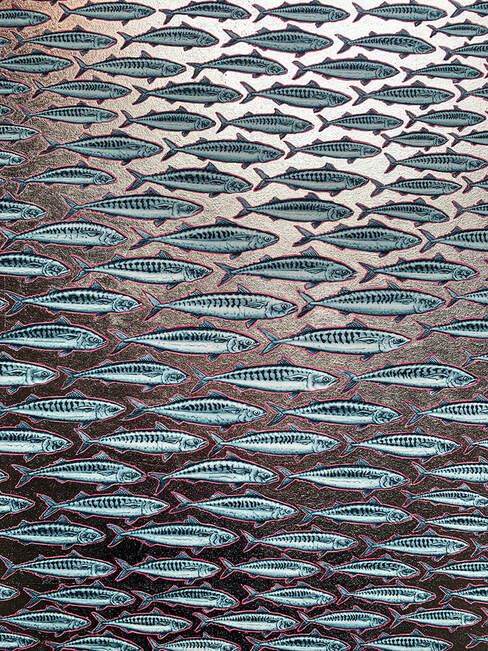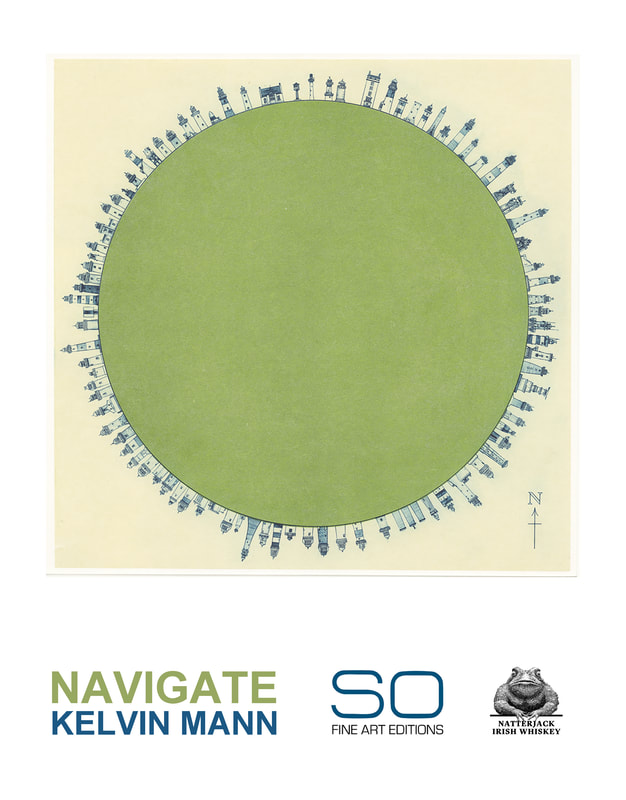Biography
Born in 1972 in Dunedin, New Zealand. Educated at the Otago School of Fine Art, NZ. Employed as an animation artist by Vidmark Television, NZ from 1994-1996. In 1997 moved to Dublin to become a member of the Graphic Studio Dublin. 2002 joined Stoney Road Press in Dublin.
Shows in Ireland, the United Kingdom, New Zealand and Australia and America.
Selected One Person Exhibitions
2023 Navigate. SO Fine Art, Dublin
2018 Flock. SO Fine Art, Dublin
2016 Alphabet. Printmakers Gallery, Dublin
2011 Solander Gallery, Wellington, NZ
2008 Graphic Studio Gallery, Dublin
2008 Gallery De Novo, Dunedin, NZ
2005 Grodentz Gallery, Wellington, NZ
2005 Marshall Seifert Galley,Dunedin, NZ
1994 Port Chalmers Aero Club Gallery, Dunedin, NZ
Commissions
2017 Business to Arts Dublin Docklands
2016 Gortinore Natterjack Whiskey label
2009 Stinging Fly Publications. Bookcover for “Life in the
Universe” by Michael Farrrell
2006 River Productions “Pirate Queen”, Dublin
2004 Dun Laoghaire Rathdown County Council, Dublin
2001 Trinity College Chapel - Holy Week, Dublin
1999 Trinity College Choir, Dublin
1998 GAIA Corp, Dublin
NAVIGATE
Navigate is an exhibition that explores the concept of movement and migration through the lens of various forms of navigation. The prints depict migrating birds, schools of fish, animal migration paths, lighthouses, maritime maps and travelling mobile homes. Each of these elements represents a different way of navigating through the world, whether it be through instinct, technology, or human ingenuity.
Using gold and platinum leaf as a means to embellish the prints to highlight the significance and value we should place on the natural world and its inhabitants.
Through simplified geometric maps representing countries and bodies of water identifiable only by their unique configuration of lighthouses that guide travellers.
The prints show the significance of navigational aids such as lighthouses and maps as well as instinctual behaviour of animals following visual landmarks, the movements of the sun and stars and an innate sense of the earth’s magnetic field.

